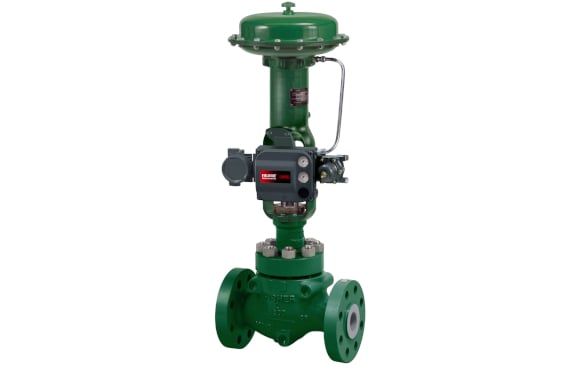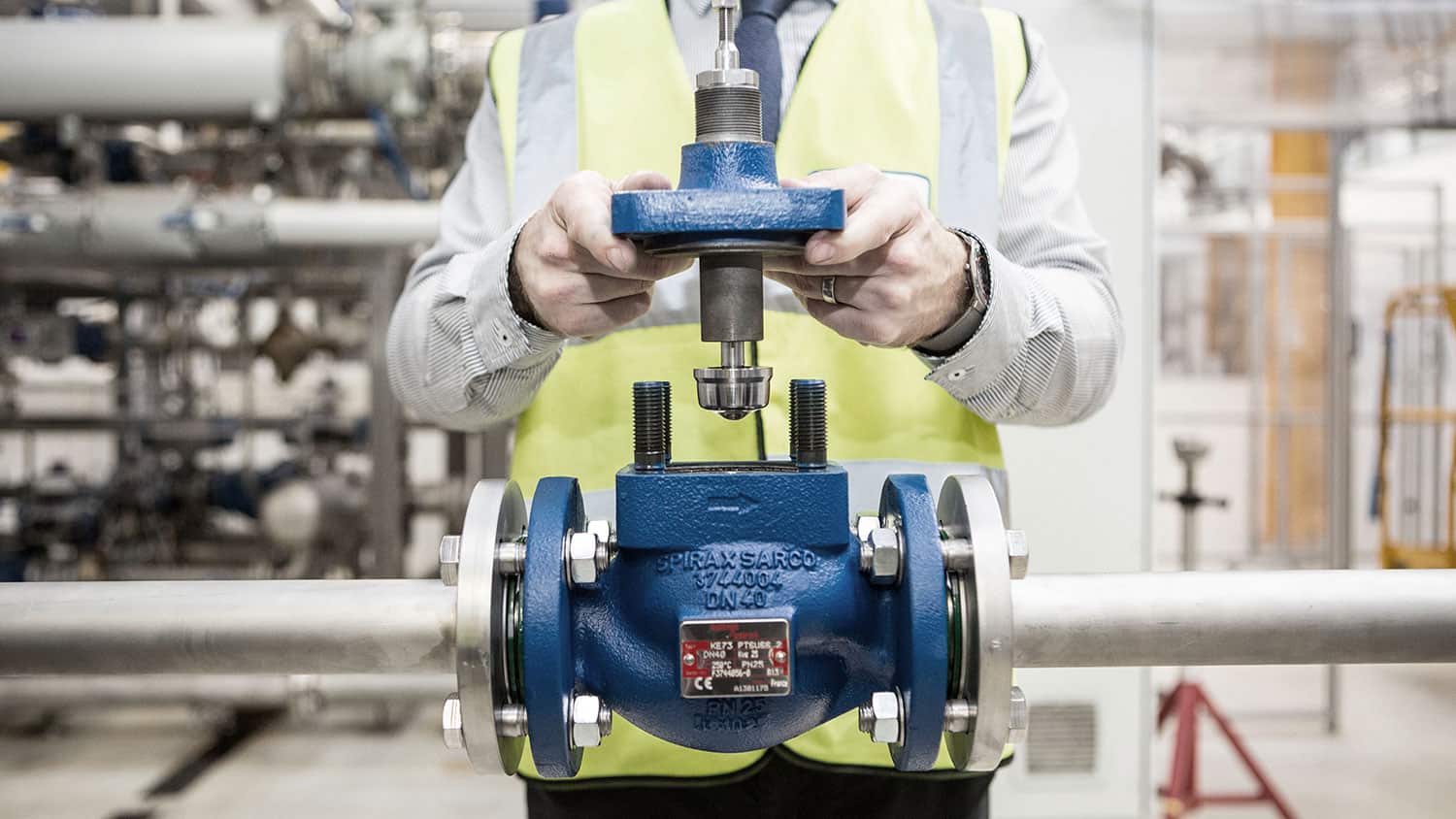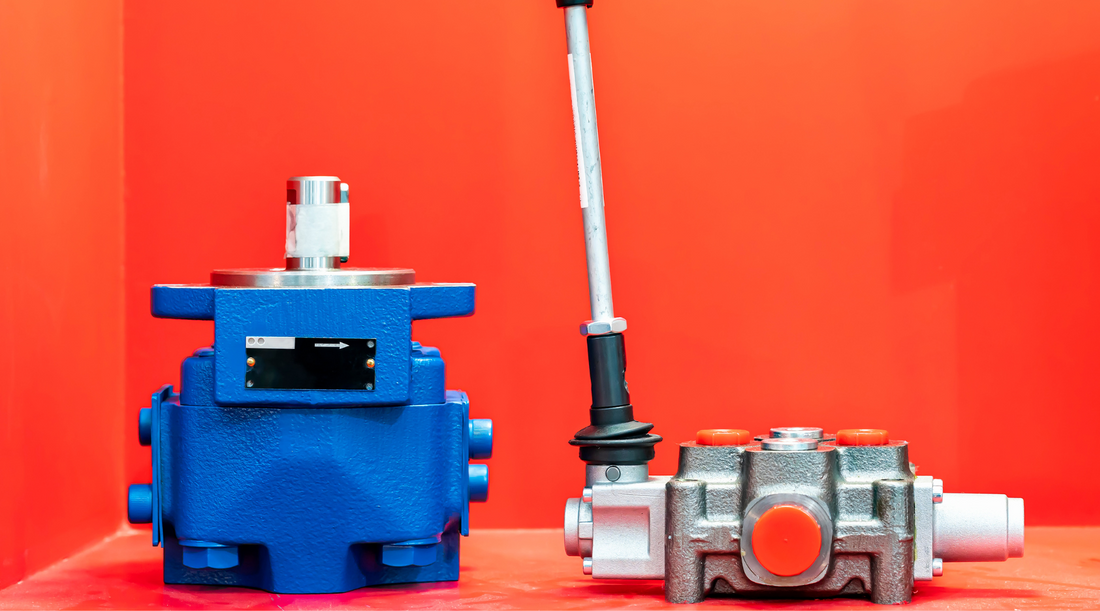Checking out the Capability of Modern Control Valves in Industrial Applications
Achieve Seamless Combination and Control With Quality Building Automation Controls
In the realm of contemporary building administration, the relevance of top quality structure automation controls can not be overemphasized. Accepting high quality building automation controls is not just a matter of ease yet a strategic crucial for companies aiming to maximize their centers' efficiency and sustainability.

Evolution of Structure Automation Controls
Throughout the previous few years, the development of building automation controls has actually considerably transformed the way buildings are managed and run. Building automation systems mainly focused on basic features such as managing home heating, air, and ventilation conditioning (HEATING AND COOLING) systems. As technology progressed, these controls have actually become extra advanced, enabling for a bigger array of building systems to be integrated and managed centrally.
The advancement of building automation controls has actually seen a shift towards even more smart systems that can adapt to altering conditions in real-time. This flexibility is crucial for maximizing energy efficiency and guaranteeing resident convenience. Furthermore, modern building automation controls now provide functions such as predictive maintenance, remote surveillance, and information analytics, enabling center managers to make data-driven decisions to enhance structure efficiency.

Advantages of Top Quality Integration
The innovation in structure automation controls towards more smart systems has emphasized the considerable advantages of top quality integration in enhancing building operations and boosting overall performance. Quality assimilation of building automation controls uses numerous essential benefits. It leads to improved power performance by enabling different systems to work with each other flawlessly, guaranteeing optimal efficiency and lowering energy wastage. High quality assimilation boosts owner comfort and productivity by allowing individualized control over environmental settings like air, lights, and temperature level high quality. This modification can cause a much more comfortable and helpful working or living atmosphere. In addition, quality assimilation streamlines upkeep and repairing procedures, as all systems are adjoined and can be checked and managed from a centralized user interface. This centralized control likewise supplies far better presence and understandings into building performance, allowing aggressive maintenance and optimization methods. Overall, the advantages of top quality integration in building automation controls are undeniable, offering boosted performance, convenience, and operational performance.
Boosted Customer Experience and Availability
Enhancing user communication with structure automation regulates through instinctive style and enhanced availability raises the general experience for passengers and center supervisors alike. By focusing on user experience, developing automation systems can become much more easy to use and reliable. User-friendly interfaces, clear navigating, and personalized settings empower customers to engage with the controls quickly and properly.
Ease of access features play a critical function in ensuring that all individuals, consisting of those with disabilities, can make use of the structure automation manages effortlessly. Including functions such as voice commands, responsive switches, and color-contrasted display screens can enhance access and make the controls more comprehensive.
Furthermore, boosted customer experience causes higher customer satisfaction, increased performance, and better decision-making. Owners can adjust ecological setups according to their choices, while center supervisors can effectively monitor and manage structure systems - control valves. On the whole, prioritizing user experience and ease of access in building automation controls adds to a much YOURURL.com more productive and seamless structure atmosphere for all stakeholders entailed
Lasting Practices Via Automation

Moreover, automation can facilitate the assimilation of renewable power sources such as photovoltaic panels or wind turbines right into building procedures. By instantly changing power usage based upon the availability of eco-friendly energy, structures can even more minimize their reliance on non-renewable sources. This smooth combination of sustainable techniques not only benefits the setting but likewise boosts the overall operational effectiveness and cost-effectiveness of the structure. Via automation, buildings can line up with modern-day sustainability objectives and add to a greener future.
Future Trends in Building Control Equipment
In expectancy of advancing modern technologies and evolving sustainability practices, the trajectory of building control systems is positioned to accept innovative options and transformative approaches. One popular fad forming the future of building control systems is the increased combination of Artificial Knowledge (AI) and maker knowing. These innovations make it possible for buildings to adjust in real-time to transforming conditions, maximizing energy usage and enhancing comfort for owners. Furthermore, the Net of Things (IoT) is transforming structure control systems by linking devices and sensing units to improve procedures and enhance efficiency.
Another vital trend is the emphasis on cybersecurity procedures to protect against possible threats to developing automation go right here systems. As buildings end up being a lot more interconnected, ensuring robust cybersecurity methods will be vital to protect delicate information and stop unapproved access.
In addition, the change in the direction of cloud-based systems is obtaining energy, permitting centralized control and remote access to structure systems. This promotes much easier tracking, maintenance, and updates, enhancing the overall efficiency and versatility of building control systems. As innovation proceeds to advancement, these patterns are expected to form the future landscape of building automation controls, driving innovation and sustainability in the built setting.
Final Thought
To conclude, developing automation controls have actually evolved substantially, using many benefits such as enhanced individual experience, access, and lasting techniques. Quality assimilation plays an essential duty in accomplishing seamless control and effective procedure of structure systems. Future trends in building control systems are likely to focus on more boosting automation capacities for boosted power effectiveness and general performance. It is important for building proprietors and operators to prioritize the adoption of quality structure automation controls to enhance building procedures and attain long-lasting sustainability objectives.
In read review the realm of modern-day structure monitoring, the importance of high quality building automation controls can not be overstated. In general, the evolution of structure automation manages continues to drive development in the structure management industry, providing brand-new opportunities for producing smarter and much more sustainable structures.
The innovation in building automation regulates in the direction of more smart systems has actually highlighted the considerable advantages of high quality assimilation in maximizing structure procedures and improving overall efficiency. Generally, prioritizing user experience and access in building automation manages adds to a more smooth and effective building environment for all stakeholders involved.
It is important for building proprietors and operators to prioritize the fostering of top quality building automation controls to maximize building operations and achieve long-term sustainability objectives. - control valves